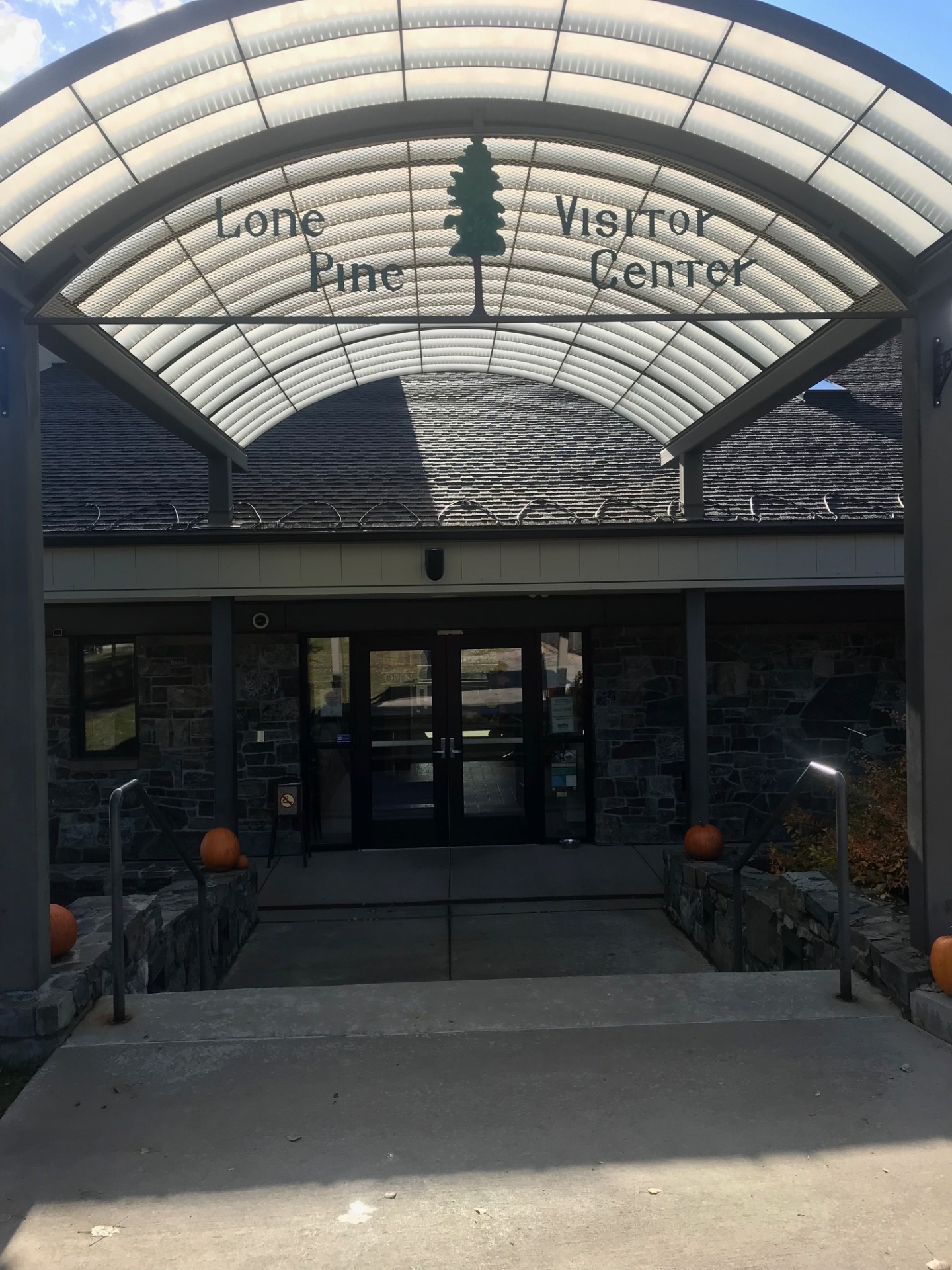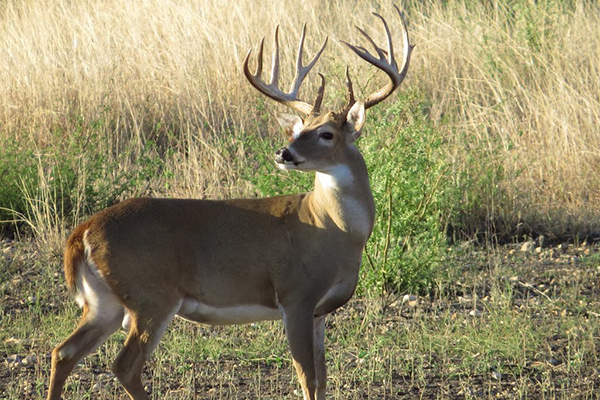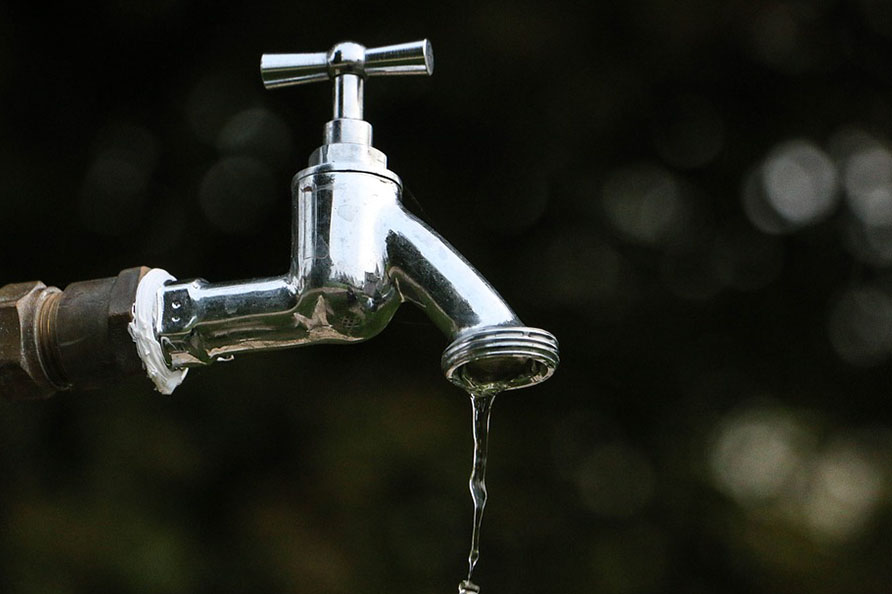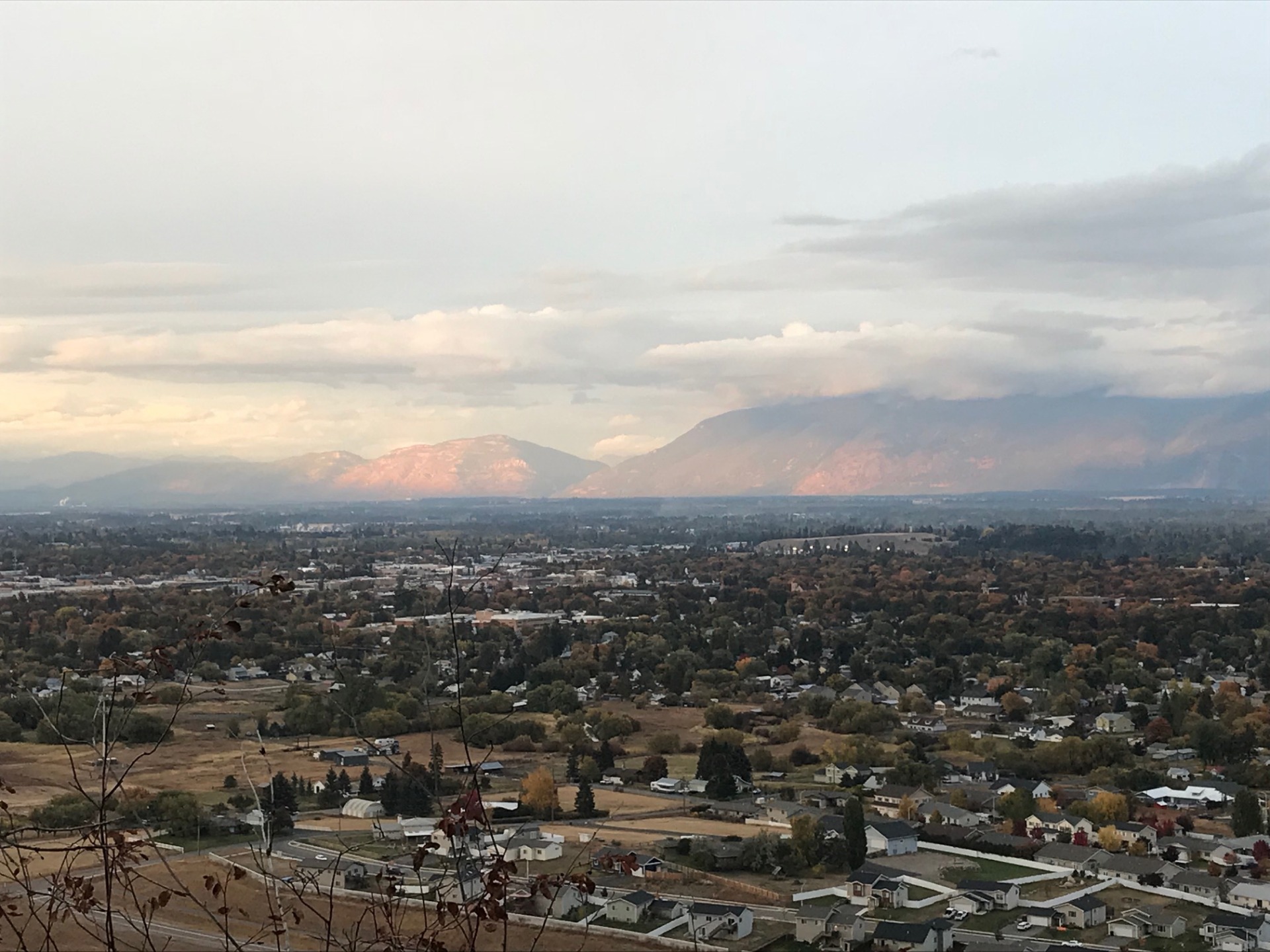Conservation
Look at the valley. What do you see? What do you hear? What can you feel? Now, imagine what this valley would have looked like if you were the first person to see it. What had changed?
We impact the Earth similarly to how we moved into this valley; our actions have real, physical effects. Not only do we have houses, cars, roads, businesses, and more people in the valley today, we have less trees, less room for wildlife to roam, and less natural resources than before we moved. On our overlook, this becomes very apparent.
Conservation of resources and land take many different forms. Here are a few that are prevalent to the Flathead Valley:
Public Land Conservation

Need for parks:
- In 1996, U.S. Surgeon General revealed a comprehensive report finding that individuals who participate in regular, physical activity benefit from a reduction in premature death and related physical and psychological diseases or conditions.
- Parks allow people and communities to have access to public spaces where they can improve quality of life.
- Public parks have positive economic effects including increased residential and commercial property values, tourism benefits, improved infrastructure, and quality of living.
- Common spaces increase community strength, reduce crime, provide recreation opportunities, and create stable neighborhoods.
Impacts of off-trail activity:
- Erosion- walking off trail causes erosion, which impacts the quality of the trail and nature around it.
- Social trails- creation of social trails cause confusion for park users, erosion of park land, and negative impacts of trail design and standards.
- Sensitive growth- growth along the forest floor can be very delicate. Wildflowers, shallow roots, and burrowing habitats can be very sensitive to disturbances.
- Noxious Weeds- some noxious weeds spread rapidly by producing sticky seeds. These seeds stick to shoelaces, clothing, animals, etc. and are carried to different areas where they fall off, re-plant, and grow.
Wildlife Conservation

- Dog on leash- burrowing habitats are at a major risk of disturbance when dogs are off leash. Similarly, wildlife feed to preserve energy to survive. Dogs off leash potentially chase wildlife and waste energy necessary for their survival.
- Biodiversity- species stay connected through the food web. By removing one specie from the food web, all other species are affected. Maintaining biodiversity ensures a healthy, well-balanced habitat.
- Research- wildlife research allows us to monitor and understand natural movements within a particular environment. Information on natural resources, human effect on local environments, and much more can be understood within wildlife conservation studies.
- Resources- wildlife affect our food and water sources. By ensuring healthy wildlife practices, we ensure cleaner, safer, food and water sources.
Picture sourced from: 777ranch.com
Water Conversation

Reduction in personal water usage reduces the energy required to treat water at water treatment plants.
- Lessening the impacts of droughts. Through the water cycle, all water returns to the Earth; however, not always in the same places.
- Impacts on food supply and costs are a direct result of water usage.
Picture sourced from: einsteinpros.com

